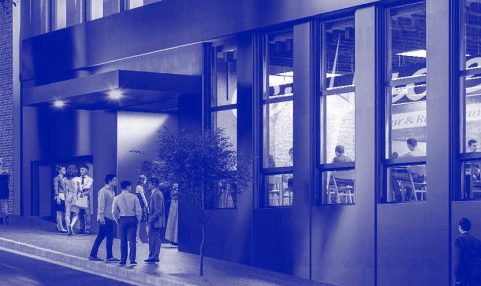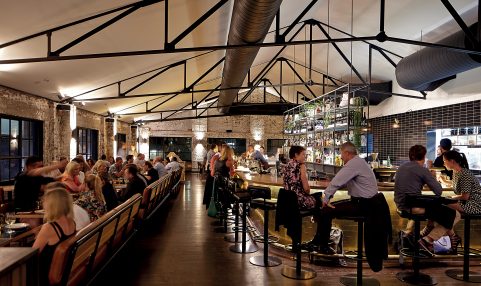18 Jul 2018
by Oxford Agency
Whether you’re a business owner looking to spend money wisely, or you’re making the case for a budget to rejuvenate your workspace – it’s important to know which features are going to make a difference to productivity and profits.
Although some companies are moving towards remote working for staff, most Australians still spend many of their waking hours in a workplace. Using sound interior design principles to transform work environments into comfortable, productive workspaces is paramount.
“Productivity mostly comes down to getting the ergonomics, light and acoustics right,” says Damien Mullvihill, founder and owner at DesignOffice. “So you’ll need to give a nod to all these elements in your workspace plan and budget.”
“If you’ve got staff who are on board with the company’s philosophy and approach to doing business, the best way to make them feel comfortable and engaged is to create an environment that reflects what they stand for.”
Simply having the right combination of environmental factors in the workspace won’t necessarily make people more productive. “Making the best of your available daylight can make a big difference to the quality of your workplace,” says Mullvihill. ”It ’s all about bringing the outside in and connecting people with nature when they’re inside a building. Plants and daylight are two of the least expensive elements that can have a big impact on people’s comfort.”
Many companies will prioritise light-filled areas for their reception or meeting spaces so that visiting clients benefit. Mullvihill often encourages companies to take a different approach and plan their space to give the maximum number of staff access to daylight.
More and more companies are acknowledging that quality work can take place away from the desk and are creating flexible, shared spaces where people can work or take a break. “It ’s a natural human need to have some control over our environment,” says Mullvihill. Making space for privacy is also important, as people sometimes need to work without interruption, even in the most collaborative work environments.

Wellbeing at Work17Jul 2018

Strategic Facilities Management19Jul 2018

The Best Bars in Darlinghurst20Jul 2018